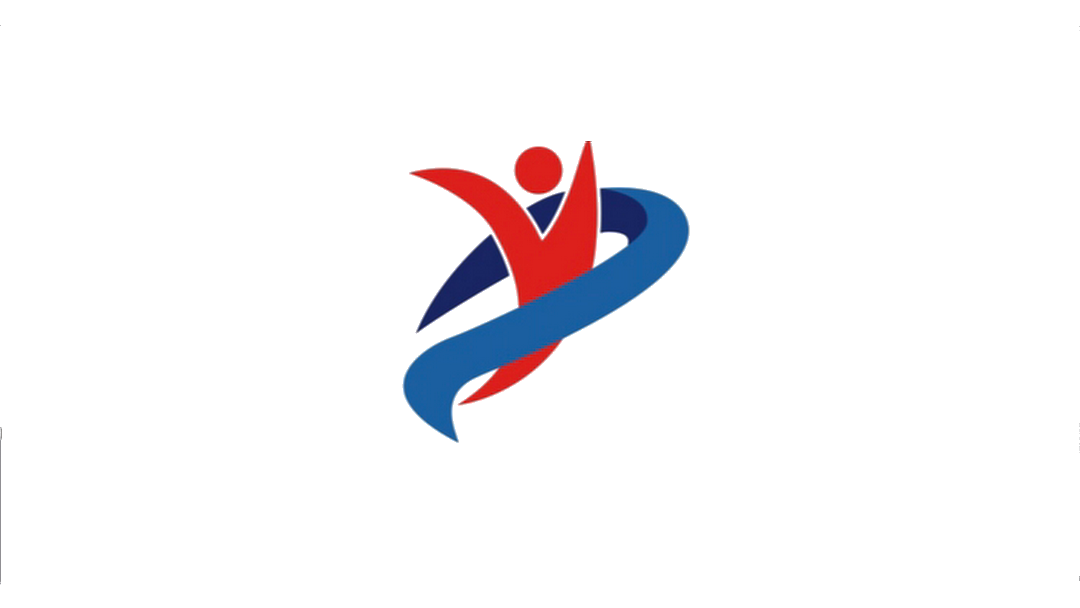 Patellar tendonitis aka jumpers knee is the tendonitis of the patella tendon. Looking at the anatomy of the knee, quadriceps start from your hip and inserts on your shin bone. Your knee cap bone aka patella in a free floating bone that is embedded in that tendon. The tendon junction between the patella and its termination on your in bone is called patella tendon.
Patellar tendonitis aka jumpers knee is the tendonitis of the patella tendon. Looking at the anatomy of the knee, quadriceps start from your hip and inserts on your shin bone. Your knee cap bone aka patella in a free floating bone that is embedded in that tendon. The tendon junction between the patella and its termination on your in bone is called patella tendon.
Muscles are contractile structures while tendons are non-contractile. In the presence of repetitive pull from a tight muscle or in the case of a weak muscle that is unable to control movement, patella tendon can get inflamed and irritated due to ongoing stress on that non-contractile tissue.
If you are experiencing knee pain, it does not automatically mean that you have patellar tendonitis. Many different causes of pain in front of your knee may be but not limited to arthritis, meniscus tear, sacroiliac joint dysfunction, pelvic misalignment or foot related problems.
To tease out the correct cause of your problems your MD or PT may ask questions such as :
When do you experience your pain (night/day)? How long does it last? Where is it? What makes your pain better/worse? Can you describe the type of pain? Have you made any changes in your physical activity recently? Do you hear any creaking or cracking with movement? Did the pain onset insidiously or did it come along gradually? Any prior surgeries in your foot/ankle/knee/hip/low back? Have you ever worn foot orthotics?
The symptoms you are experiencing can be tenderness on the patella tendon upon touching and increased swelling in front of your knee. When it comes to activity tolerance, kneeling down, performing stairs ~descending worse than ascending~, jumping tasks, running and prolonged sitting can be troublesome.
Without therapeutic intervention, increased pain and inflammation may limit your ability to participate in sports, work and everyday life activities. If you have pain in your knee, your best bet is to get it treated to return to your activity level symptom-free.
|
A note for the providers Patella Tendonitis Special Tests Pain upon passive extension-flexion movement indicates a (+) “passive ext-flex sign” (Rath,2010) Pain upon quadriceps activation in standing indicates a (+) “standing active quadriceps sign” (Austermuehle,2001) Pain upon palpation of inferior patella (Austermuehle, 2001) |
Images retrieved from:
http://2.bp.blogspot.com/-QrQQsi3qX40/VyCsp9-Un1I/AAAAAAAAAUk/Mxj4_NiWpBoN7Pus4HICYL46X8Sg1xg0gCK4B/s1600/022212_0358_JumpersKnee12.jpg
